Eastern France by Train: 5 Quiet Cities with Big Character
This itinerary loops through eastern France on easy regional train lines. It’s ideal for travelers looking to explore off the main tourist radar without renting a car.
Each stop has something distinctive – citadels, rivers, quirky museums, and historic neighborhoods with their own feel.
This route is fully doable by train, with short rides and no need to rush. You can adapt the pace depending on how much time you have, and each city offers something distinct.
1. Dijon
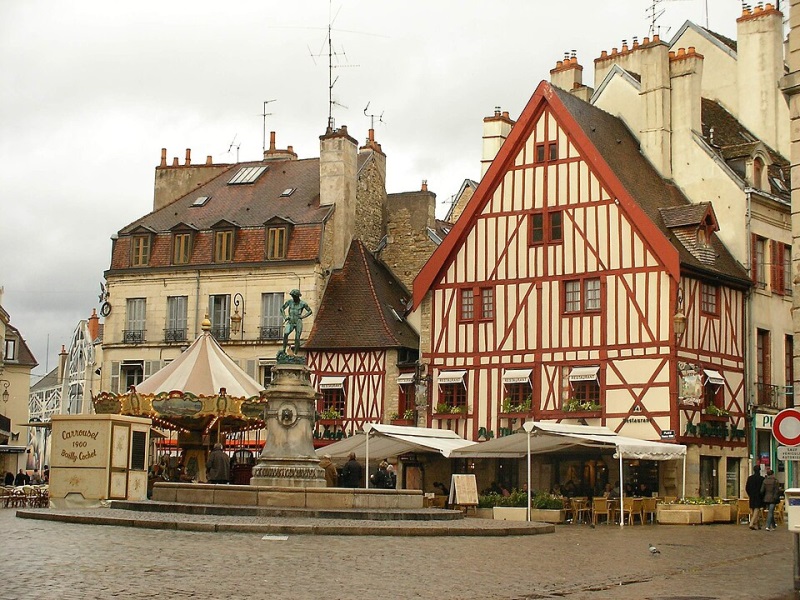
Dijon is not just a mustard stop, its old town is one of the best preserved in France. It’s rich in half-timbered houses, tiled roofs, and elegant mansions from the days when it was the capital of the powerful Duchy of Burgundy.
You can walk the famous Owl Trail , a self-guided walking route through Dijon’s historic center, marked by owl symbols on the pavement. It highlights major landmarks like the Ducal Palace and Notre-Dame church.
You can also wander Les Halles covered market and nearby food shops.
The city has a strong identity and a calm pace that makes it easy to settle into. It’s also a major rail hub, which makes it a good place to start the trip.
Recommended: Hôtel République (2*)
2. Besançon
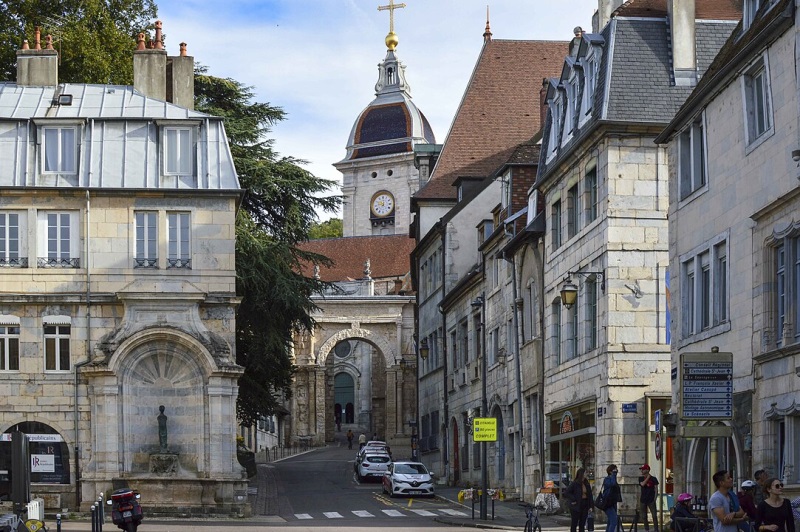
Besançon is set in a loop of the Doubs River and backed by green hills. The Vauban citadel above the city is a UNESCO-listed fortress with panoramic views and a handful of museums.
The old town below is walkable and lively without being noisy. There’s a long-standing student population that gives the city energy.
Even in the summer, it doesn’t feel overwhelmed.
Recommended: Hôtel Restaurant Spa Le Sauvage (4*)
3. Belfort
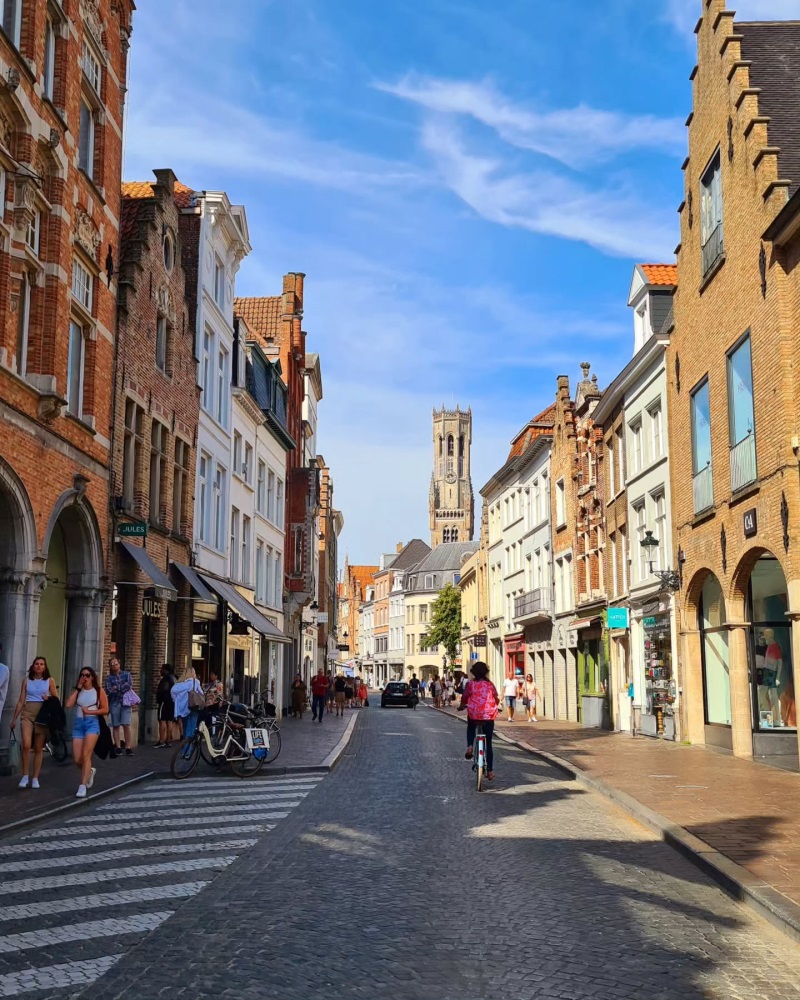
Belfort is small and often skipped, but the massive stone lion carved by Bartholdi is hard to forget. The surrounding citadel was built to resist invasions from the east, and you can still climb along its walls.
The city has a short walking circuit through the old town with views over the Savoureuse River.
It’s a good place to slow down between bigger stops. The station connects easily in both directions.
Recommended: Grand Hôtel Du Tonneau D’Or (4*)
4. Mulhouse
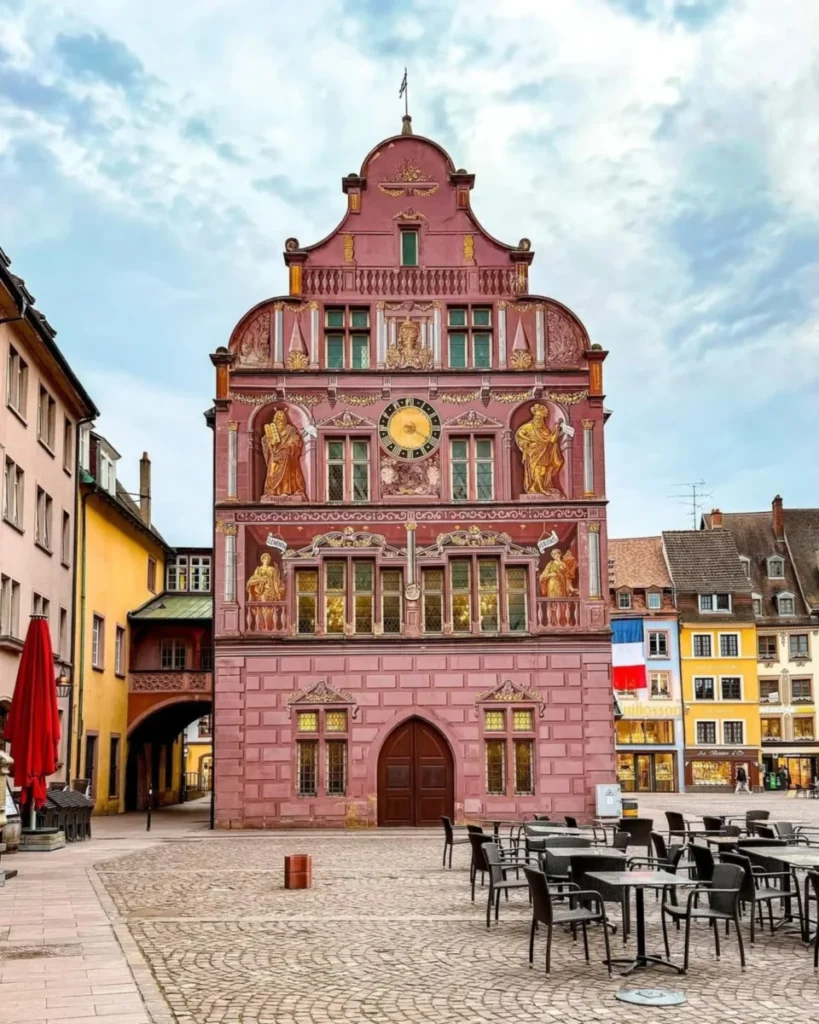
Mulhouse has an industrial reputation, but it’s one of the most surprising stops on the route.
The Cité du Train is the largest railway museum in Europe and genuinely worth visiting even for non-train lovers.
The Automobile Museum nearby houses the world’s biggest Bugatti collection. The city also has a growing street art scene.
The tram system that makes getting around easy. It’s not postcard-pretty, but it’s alive with an edge that’s different from other Alsatian towns.
Recommended: Hôtel Bristol (4*)
5. Colmar
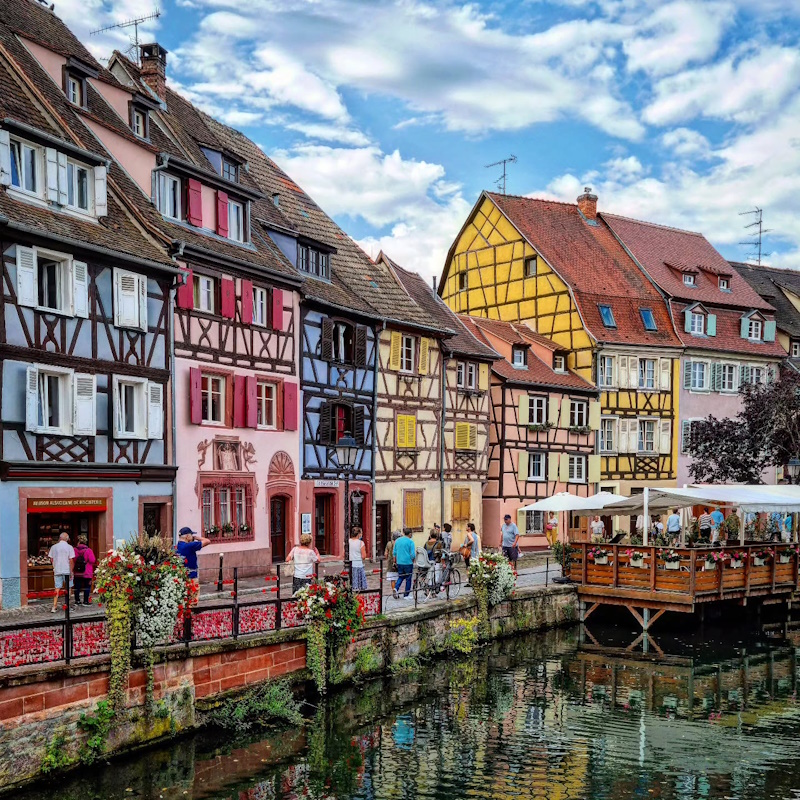
Colmar is usually described in storybook terms. While that’s true, it’s still manageable and comfortable compared to places like Strasbourg.
The old center is full of canals, bright facades, and hidden courtyards. The Unterlinden Museum holds one of Europe’s most important religious art collections.
Local wines dominate every menu, and smaller winemaking villages are just a short ride away.
Even though it gets its share of tourists, it still feels anchored in daily life.
Recommended: Colmar Hotel (3*)
